In today’s global trade landscape, the transportation of hazardous materials—commonly known as hazmat—has become a critical concern for businesses engaging in international shipping. Understanding the complexities of hazmat freight is essential for ensuring the safety of people, property, and the environment. Hazardous materials can encompass a wide range of substances, including flammable liquids, corrosive agents, and toxic compounds, all requiring specialized handling and compliance with stringent regulations. This guide delves into the intricacies of hazmat shipping from China to Switzerland, exploring the types of materials involved, the challenges faced, and the regulations that govern their safe transport. Whether you’re a seasoned importer or new to the logistics field, gaining insights into best practices for hazmat freight forwarding will empower you to navigate this vital aspect of international logistics more effectively.
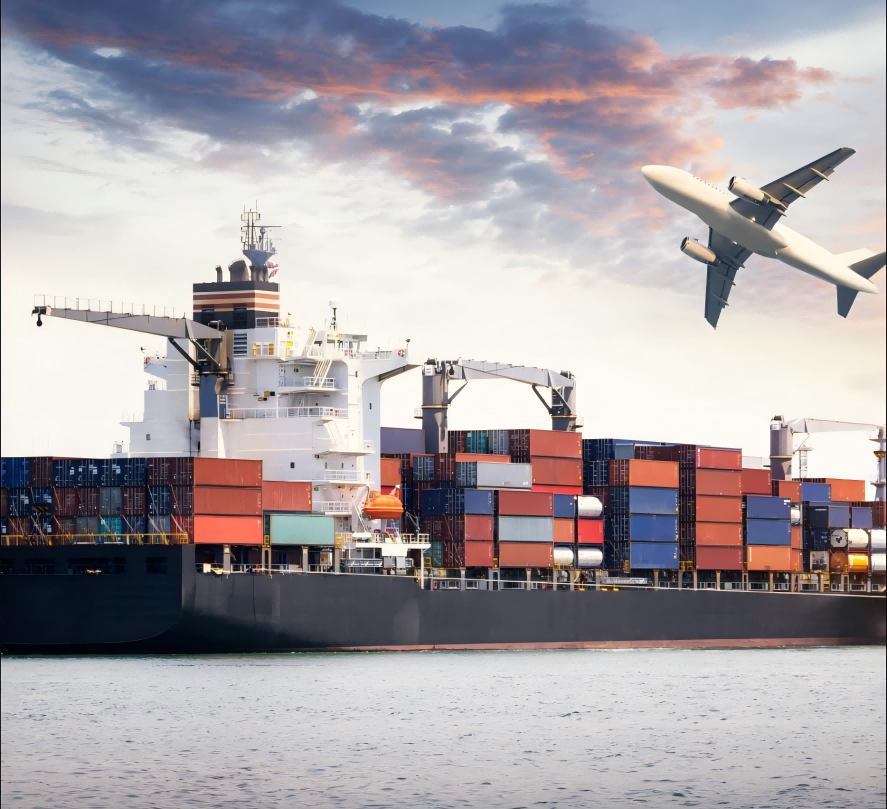
Understanding Hazmat Freight
Hazardous materials, often referred to as hazmat, are substances that pose a significant risk to health, safety, and the environment. These materials can be solid, liquid, or gaseous, and they can exhibit properties that are flammable, corrosive, reactive, or toxic. The definition of hazmat encompasses a wide range of materials including chemicals, biological agents, batteries, and radioactive materials, among others. Proper identification, classification, and management of these materials are crucial to mitigate potential hazards during transport.
Common Types of Hazmat Goods Shipped from China to Switzerland
Shipping hazardous materials from China to Switzerland involves various types of goods, each requiring special handling and compliance with rigorous regulations. Some common categories of hazmat goods include:
-
Flammable Liquids: This category includes paints, solvents, and certain types of fuels that can ignite under specific conditions.
-
Corrosive Materials: These are substances that can damage living tissue and corrode materials. Examples include acids and alkalis commonly utilized in industrial applications.
-
Toxic Substances: Chemicals that can cause harm or death through exposure fall into this category. Pesticides and certain heavy metals are notable examples.
-
Radioactive Materials: Certain medical, industrial, and research applications require the transport of radioactive isotopes, which necessitate stringent transport protocols.
-
Compressed Gases: Gases that are compressed, liquefied, or dissolved under pressure can be hazardous, including gases used in welding or refrigeration.
Proper classification according to the United Nations (UN) numbering system is essential for compliance and safety when shipping these materials.
International Regulations Governing Hazmat Transportation
The transportation of hazardous materials is governed by various international regulations designed to ensure safety and compliance. The most prominent regulations include:
-
International Air Transport Association (IATA) Dangerous Goods Regulations: These regulations apply to air transport and specify requirements for packaging, labeling, and documentation of hazmat shipments.
-
International Maritime Organization (IMO) International Maritime Dangerous Goods (IMDG) Code: This code provides guidelines for the safe transportation of hazardous materials by sea.
-
United Nations Recommendations on the Transport of Dangerous Goods: These recommendations serve as a basis for national regulations worldwide, ensuring a consistent approach to hazmat transportation.
-
European Union (EU) Regulations: Within Switzerland, EU regulations play a significant role in delineating the requirements for hazardous material transportation, including REACH (Registration, Evaluation, Authorization, and Restriction of Chemicals).
Understanding and adhering to these regulations is critical to ensure safe and compliant hazmat shipping.
Challenges in Hazmat Shipping from China to Switzerland
Strict Regulatory Compliance
Compliance with international and local regulations is a primary challenge in hazmat shipping. Companies must ensure that they are versed in all applicable laws, which may vary significantly between countries. This involves understanding the specific classifications of hazmat goods and adhering to the particular regulatory requirements of both China and Switzerland. Any failure to comply can result in severe penalties, including fines or shipment delays.
Documentation Requirements
Proper documentation is vital for the successful transportation of hazardous materials. This includes:
- Material Safety Data Sheets (MSDS): Detailed information about the properties of hazardous materials.
- Dangerous Goods Declaration (DGD): A formal declaration that provides information about the nature of the hazardous materials being shipped.
- Customs Declarations: Documentation required for customs clearance in both the exporting and importing countries.
Inadequate or incorrect documentation can lead to significant delays, fines, or even the destruction of shipments.
Packaging and Labeling Standards
Packaging and labeling for hazardous materials must adhere to stringent international guidelines. The packaging must be robust enough to withstand potential impacts and prevent leaks. Labels must clearly indicate the nature of the hazardous materials being transported, including their UN number and associated symbols.
The packaging must also comply with specific standards defined by authorities such as IATA and IMO, which require the use of certified packaging for different types of hazmat.
Route Planning and Mode Selection
Selecting the optimal route and transportation mode for hazmat shipping is crucial for minimizing risks. Various factors must be considered, including:
-
Transport Modes: Different modes (air, sea, rail, road) present unique challenges and regulations. Air freight may be faster but is subject to stringent IATA regulations, while sea freight may offer cost-effective options but requires compliance with the IMDG Code.
-
Route Planning: Identifying the safest routes that minimize exposure to populated areas or sensitive environments is essential. This requires thorough planning and risk assessment to avoid accidents or hazardous incidents during transit.
-
Emergency Response Plans: Companies must have comprehensive emergency response plans in place in case of accidents or spills during transportation.
Navigating these challenges effectively requires experience and expertise in hazmat logistics. Partnering with a reputable freight forwarder, like Dantful International Logistics, can streamline the hazmat shipping process, ensuring compliance with all regulations and minimizing risks associated with transporting hazardous materials from China to Switzerland. Dantful provides a highly professional, cost-effective, and high-quality one-stop international logistics service for global traders, ensuring your goods are handled with the utmost care and compliance.
Read More:
- Shipping From China To Netherlands
- Shipping From China To Spain
- Shipping From China To Germany
- Shipping From China To France
- Shipping From China to Italy
- Shipping From China To Poland
- Shipping From China to United Kingdom
Role of Specialized Hazmat Freight Forwarders
Expertise in Hazmat Regulations
Specialized hazmat freight forwarders possess in-depth knowledge of the complex web of international and local regulations governing the transportation of hazardous materials. They stay updated with the latest changes in laws and guidelines set forth by various authorities such as the International Air Transport Association (IATA) and the International Maritime Organization (IMO). This expertise ensures that all shipments comply with the necessary safety standards and avoid costly penalties or delays. Their understanding of regional regulations, particularly in the context of shipping from China to Switzerland, is vital for ensuring a seamless and compliant shipping process.
Risk Assessment and Mitigation
A critical component of hazmat freight forwarding is conducting thorough risk assessments before shipping. Specialized forwarders evaluate potential hazards associated with the materials being transported, including their chemical properties and the risks they pose during transit. This risk assessment informs decisions on the safest transport methods and routes. Additionally, these professionals implement mitigation strategies to reduce the likelihood of accidents or incidents, ensuring that both the cargo and the environment are protected throughout the shipping process.
Proper Documentation Handling
Hazmat shipments require meticulous documentation to ensure compliance with regulations and guarantee a smooth transportation process. Specialized forwarders handle all necessary paperwork, including:
- Material Safety Data Sheets (MSDS)
- Dangerous Goods Declarations (DGD)
- Customs documentation
Their attention to detail minimizes the risk of errors that could lead to shipment delays or rejections at customs. By managing documentation effectively, hazmat freight forwarders streamline the process, allowing for faster transport of goods.
Coordination with Carriers and Customs Authorities
Coordination between carriers, customs authorities, and other stakeholders is essential for the successful shipment of hazardous materials. Specialized hazmat freight forwarders act as intermediaries, facilitating communication among all parties involved. They negotiate with carriers to ensure that the chosen transportation methods are appropriate for the specific type of hazmat being shipped. Furthermore, they collaborate with customs authorities to ensure that all regulatory requirements are met, expediting the clearance process and minimizing potential delays at borders.
Dantful International Logistics excels in providing specialized hazmat freight forwarding services, leveraging their expertise in hazardous materials to offer comprehensive solutions. Our commitment to safety, compliance, and effective communication with all stakeholders ensures that shipments are handled with the utmost care and precision.
Key Steps in Hazmat Freight Forwarding Process
Classification and Identification of Hazardous Materials
The initial step in the hazmat freight forwarding process involves the proper classification and identification of hazardous materials. This entails determining the UN classification assigned to the material and understanding its specific properties. Correct classification is essential not only for compliance but also for selecting appropriate transport methods, packaging, and labeling requirements.
Selecting Appropriate Packaging and Containment
Once classified, the next step is to select suitable packaging and containment options that meet regulatory standards. Packaging must protect the material from damage and prevent leaks or spills during transport. Specialized packaging materials, such as UN-certified containers, must be employed to ensure compliance with international regulations. The choice of packaging also influences transportation mode selection, as different modes may have specific packaging requirements.
Preparing Required Documentation
Preparing the necessary documentation is crucial for successful hazmat shipments. This includes compiling all required forms, such as the Material Safety Data Sheet (MSDS) and the Dangerous Goods Declaration (DGD). Specialized hazmat freight forwarders ensure that all documents are accurate, complete, and compliant with both international and local regulations. Proper documentation is essential for customs clearance and reduces the likelihood of delays or penalties.
Choosing Suitable Transportation Modes
Selecting the appropriate transportation mode is fundamental in the hazmat shipping process. Factors to consider include the nature of the hazardous material, urgency of shipment, cost, and regulatory requirements. Specialized freight forwarders assess these factors to determine whether air, sea, road, or rail transport is the most suitable option. Each mode has its own set of regulations, and forwarders must ensure compliance with the specific requirements of the chosen transportation method.
Customs Clearance Procedures
Navigating customs clearance is a vital step in the hazmat freight forwarding process. Ensuring that all documentation is in order allows for a smooth transition through customs. Specialized freight forwarders facilitate this process by working closely with customs authorities, ensuring compliance with all regulations, and addressing any potential issues that may arise during inspection. Their experience in customs procedures enables faster resolution of any problems, minimizing potential delays in the shipping process.
Dantful International Logistics stands out in the field of hazmat freight forwarding, offering comprehensive services to ensure safe and compliant transport of hazardous materials. With their specialized knowledge, meticulous attention to documentation, and strong relationships with carriers and customs authorities, Dantful provides clients with a reliable, efficient, and hassle-free experience in shipping hazardous goods from China to Switzerland. Their dedication to safety and compliance positions them as a trusted partner in the global logistics landscape.
Technology in Hazmat Freight Forwarding
Tracking and Monitoring Systems
The advent of advanced tracking and monitoring systems has revolutionized the transport of hazardous materials, enhancing both safety and efficiency. These systems utilize GPS and RFID technologies to allow real-time visibility of shipments throughout the supply chain.
-
Real-Time Tracking: Shippers can monitor the location of their hazmat cargo at any given moment. This capability is crucial for identifying potential delays or issues during transit, enabling prompt responses to mitigate risks.
-
Temperature and Environmental Monitoring: Certain hazardous materials require specific environmental conditions during transport. Advanced monitoring systems can track temperature, humidity, and exposure to sunlight, ensuring that the materials are stored and transported under optimal conditions.
-
Alerts and Notifications: Many tracking systems are equipped with automated alert functions. If a shipment deviates from its designated route or experiences an environmental anomaly, users receive immediate notifications, allowing for quick corrective actions to protect the cargo and comply with safety regulations.
Digital Documentation and E-filing
The shift towards digital documentation and e-filing has streamlined the complex paperwork associated with hazmat shipping. This transition offers several significant benefits:
-
Efficiency: Electronic documentation reduces the time spent on paperwork, allowing shippers and freight forwarders to focus on other critical aspects of the shipping process. This is particularly beneficial for the extensive documentation required for hazmat goods, such as Material Safety Data Sheets (MSDS) and Dangerous Goods Declarations (DGD).
-
Accuracy and Compliance: Digital documentation minimizes human error and ensures that all necessary information is captured accurately. Automated compliance checks can alert users to any discrepancies, thus enhancing adherence to regulatory requirements.
-
Accessibility: E-filing systems allow for easy access to documentation from anywhere at any time. This is particularly advantageous for stakeholders needing to retrieve shipping documents quickly, whether for customs clearance or internal audits.
Safety and Environmental Monitoring Systems
Implementing safety and environmental monitoring systems is essential for ensuring the safe transport of hazardous materials. These systems focus on preventing incidents and protecting personnel, cargo, and the environment:
-
Incident Detection: Advanced sensors can detect leaks, spills, or other hazardous events during transport. Early detection allows for immediate corrective action, significantly reducing the risk of environmental contamination and ensuring compliance with safety regulations.
-
Emergency Response Integration: Many monitoring systems integrate with emergency response protocols. In the event of an incident, automatic alerts can be sent to emergency responders, providing them with critical information about the nature of the hazardous material involved.
-
Data Analytics: By analyzing historical data collected from monitoring systems, companies can identify trends and areas of improvement. This data-driven approach enhances safety protocols and leads to better decision-making in the logistics process.
Best Practices for Shippers
Proper Declaration of Goods
Accurate and comprehensive declaration of goods is critical in hazmat shipping. Shippers must ensure that all hazardous materials are correctly classified according to the United Nations (UN) system and that the associated risks are clearly communicated. Proper declaration involves:
-
Detailed Description: Providing a thorough description of the materials being shipped, including their physical and chemical properties, is essential for regulatory compliance.
-
Correct UN Number: Each hazardous material is assigned a unique UN number. Shippers must ensure that the appropriate UN number is included in all documentation to prevent misclassification and ensure proper handling during transportation.
-
Compliance with Regulations: Understanding the specific regulations governing the transportation of each type of hazmat is crucial for ensuring compliance and avoiding fines or shipment delays.
Adherence to Packaging Guidelines
Following strict packaging guidelines is paramount when shipping hazardous materials. Proper packaging serves to protect both the material and individuals handling it. Best practices include:
-
Use of Certified Packaging: Only use packaging that meets regulatory standards, such as UN-certified containers for hazardous materials. This ensures that the packaging can withstand conditions during transport and prevent leaks or spills.
-
Clear Labeling: All packages must be clearly labeled with the appropriate hazard symbols, UN numbers, and any additional information required by regulations. This aids in the proper handling and awareness of the risks associated with the contents.
-
Testing and Compliance: Conduct regular testing of packaging materials to ensure compliance with safety standards. This proactive approach helps identify potential weaknesses before they result in incidents.
Timely Communication with Freight Forwarders
Effective and timely communication with freight forwarders can greatly enhance the efficiency and safety of hazmat shipping. Shippers should prioritize the following practices:
-
Regular Updates: Shippers should provide freight forwarders with regular updates regarding shipment status, including any changes to the materials being transported or alterations to the expected delivery schedule.
-
Prompt Reporting of Issues: If any concerns or issues arise during transport, shippers must communicate these matters immediately. Prompt resolution of problems minimizes risks and ensures compliance with regulations.
-
Collaboration: Engaging in a collaborative relationship with freight forwarders allows for a more cohesive shipping experience. Open channels of communication facilitate a better understanding of regulations, potential risks, and best practices.
By integrating these best practices, shippers can enhance the safety and compliance of their hazardous materials transportation efforts. Partnering with a specialized freight forwarder like Dantful International Logistics can further streamline the process, ensuring that all aspects of hazmat shipping are handled with expertise and professionalism. Dantful’s commitment to safety, compliance, and efficient communication positions them as a valuable partner in your global logistics endeavors.
Dantful International Logistics Services:
- Dantful Ocean Freight Services
- Air Freight From China
- Amazon FBA Freight Forwarding
- WAREHOUSE Services
- One-Stop Customs Clearance Solution
- Cargo Insurance Services in China
- DDP Shipping Services By Dantful Logistics
- Out of Gauge Cargo Transportation Shipping Services
FAQs
1. What are hazardous materials (hazmat)?
Hazardous materials, or hazmat, are substances that pose significant risks to health, safety, and the environment. They can be solids, liquids, or gases and include flammable, corrosive, reactive, or toxic substances such as chemicals, biological agents, and radioactive materials.
2. What types of hazmat goods are commonly shipped from China to Switzerland?
Common types of hazmat goods include flammable liquids (paints, solvents), corrosive materials (acids, alkalis), toxic substances (pesticides, heavy metals), radioactive materials, and compressed gases (welding or refrigeration gases). Each type requires specific handling and compliance.
3. What international regulations govern hazmat transportation?
Hazmat transportation is subject to various regulations, including:
- IATA Dangerous Goods Regulations (for air transport)
- IMO IMDG Code (for maritime transport)
- United Nations Recommendations on Transport of Dangerous Goods
- European Union regulations, especially relevant for Swiss transport, such as REACH.
4. What are the challenges in hazmat shipping?
Challenges include strict regulatory compliance, extensive documentation requirements, strict packaging and labeling standards, and the need for careful route planning and mode selection. Non-compliance can lead to penalties or delays.
5. Why is proper documentation essential in hazmat shipping?
Proper documentation, such as Material Safety Data Sheets (MSDS) and Dangerous Goods Declarations (DGD), is crucial for compliance with regulations. Inadequate documentation can result in shipment delays, fines, or even destruction of goods.
6. How can specialized hazmat freight forwarders help?
Specialized hazmat freight forwarders provide expertise in navigating complex regulations, handling documentation, conducting risk assessments, and coordinating with carriers and customs authorities, ensuring safe and compliant hazmat transportation.
7. What best practices should shippers follow for hazmat shipping?
Best practices include:
- Proper declaration of goods (accurate classification and UN numbering)
- Adherence to packaging guidelines (using certified packaging and clear labeling)
- Timely communication with freight forwarders regarding shipment status and any issues.

Young Chiu is a seasoned logistics expert with over 15 years of experience in international freight forwarding and supply chain management. As CEO of Dantful International Logistics, Young is dedicated to providing valuable insights and practical advice to businesses navigating the complexities of global shipping.
The other language versions of this article
- التنقل في مجال شحن المواد الخطرة: دليل من الصين إلى سويسرا
- Navigeren door Hazmat Freight Forwarding: Uw gids van China naar Zwitserland
- Comment gérer le transport de marchandises dangereuses : votre guide de la Chine à la Suisse
- Gefahrenguttransport: Ihr Leitfaden von China in die Schweiz
- Navigazione nel trasporto merci pericolose: la tua guida dalla Cina alla Svizzera
- Cómo transportar materiales peligrosos: su guía desde China hasta Suiza
- Navegando pelo encaminhamento de cargas Hazmat: seu guia da China para a Suíça
- Навигация по перевозке опасных грузов: ваш путеводитель из Китая в Швейцарию
- Tehlikeli Madde Taşımacılığında Yol Almak: Çin’den İsviçre’ye Rehberiniz

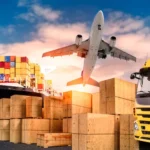


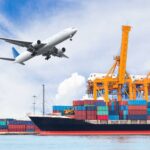
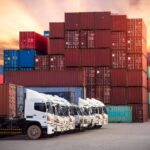
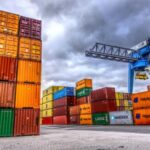




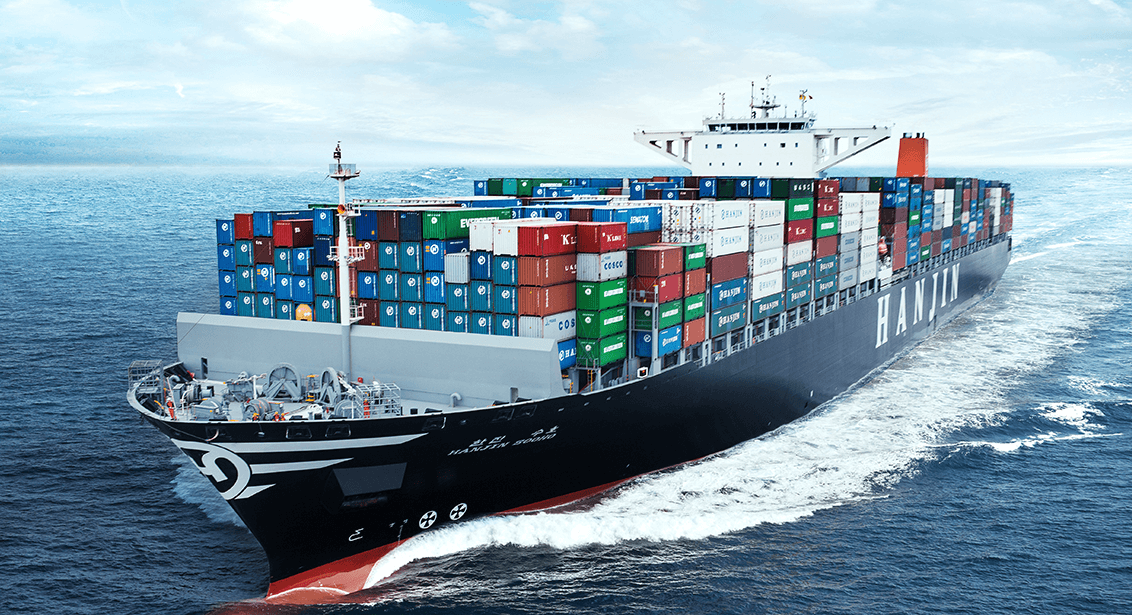
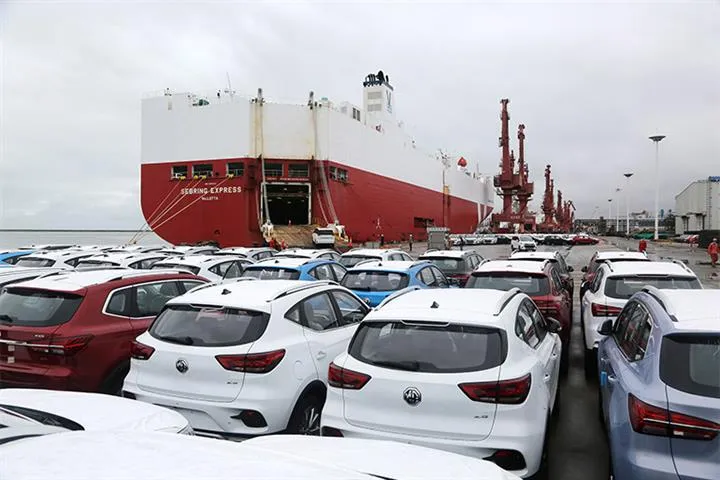


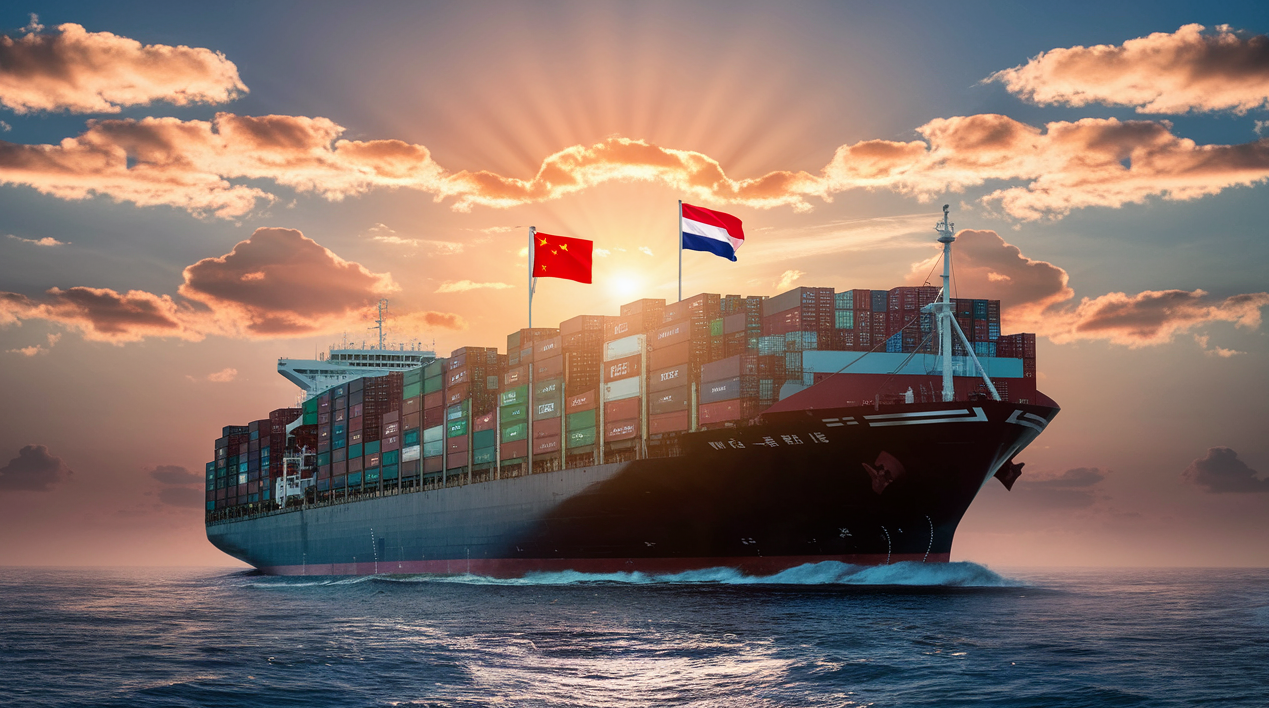





 Afrikaans
Afrikaans Shqip
Shqip አማርኛ
አማርኛ العربية
العربية Հայերեն
Հայերեն Azərbaycan dili
Azərbaycan dili Euskara
Euskara Беларуская мова
Беларуская мова বাংলা
বাংলা Bosanski
Bosanski Български
Български Català
Català Cebuano
Cebuano Chichewa
Chichewa 简体中文
简体中文 繁體中文
繁體中文 Corsu
Corsu Hrvatski
Hrvatski Čeština
Čeština Dansk
Dansk Nederlands
Nederlands English
English Esperanto
Esperanto Eesti
Eesti Filipino
Filipino Suomi
Suomi Français
Français Galego
Galego ქართული
ქართული Deutsch
Deutsch Ελληνικά
Ελληνικά Kreyol ayisyen
Kreyol ayisyen Harshen Hausa
Harshen Hausa Ōlelo Hawaiʻi
Ōlelo Hawaiʻi עִבְרִית
עִבְרִית हिन्दी
हिन्दी Hmong
Hmong Magyar
Magyar Íslenska
Íslenska Igbo
Igbo Bahasa Indonesia
Bahasa Indonesia Gaeilge
Gaeilge Italiano
Italiano 日本語
日本語 Basa Jawa
Basa Jawa ಕನ್ನಡ
ಕನ್ನಡ Қазақ тілі
Қазақ тілі ភាសាខ្មែរ
ភាសាខ្មែរ 한국어
한국어 كوردی
كوردی Кыргызча
Кыргызча ພາສາລາວ
ພາສາລາວ Latin
Latin Latviešu valoda
Latviešu valoda Lietuvių kalba
Lietuvių kalba Lëtzebuergesch
Lëtzebuergesch Македонски јазик
Македонски јазик Malagasy
Malagasy Bahasa Melayu
Bahasa Melayu മലയാളം
മലയാളം Maltese
Maltese Te Reo Māori
Te Reo Māori मराठी
मराठी Монгол
Монгол ဗမာစာ
ဗမာစာ नेपाली
नेपाली Norsk bokmål
Norsk bokmål پښتو
پښتو فارسی
فارسی Polski
Polski Português
Português ਪੰਜਾਬੀ
ਪੰਜਾਬੀ Română
Română Русский
Русский Samoan
Samoan Gàidhlig
Gàidhlig Српски језик
Српски језик Sesotho
Sesotho Shona
Shona سنڌي
سنڌي සිංහල
සිංහල Slovenčina
Slovenčina Slovenščina
Slovenščina Afsoomaali
Afsoomaali Español
Español Basa Sunda
Basa Sunda Kiswahili
Kiswahili Svenska
Svenska Тоҷикӣ
Тоҷикӣ தமிழ்
தமிழ் తెలుగు
తెలుగు ไทย
ไทย Türkçe
Türkçe Українська
Українська اردو
اردو O‘zbekcha
O‘zbekcha Tiếng Việt
Tiếng Việt Cymraeg
Cymraeg יידיש
יידיש Yorùbá
Yorùbá Zulu
Zulu